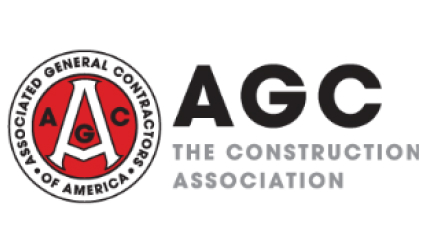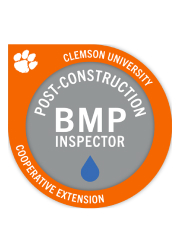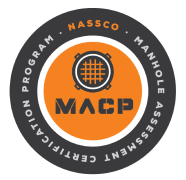Hydraulic Dam Failure Analysis
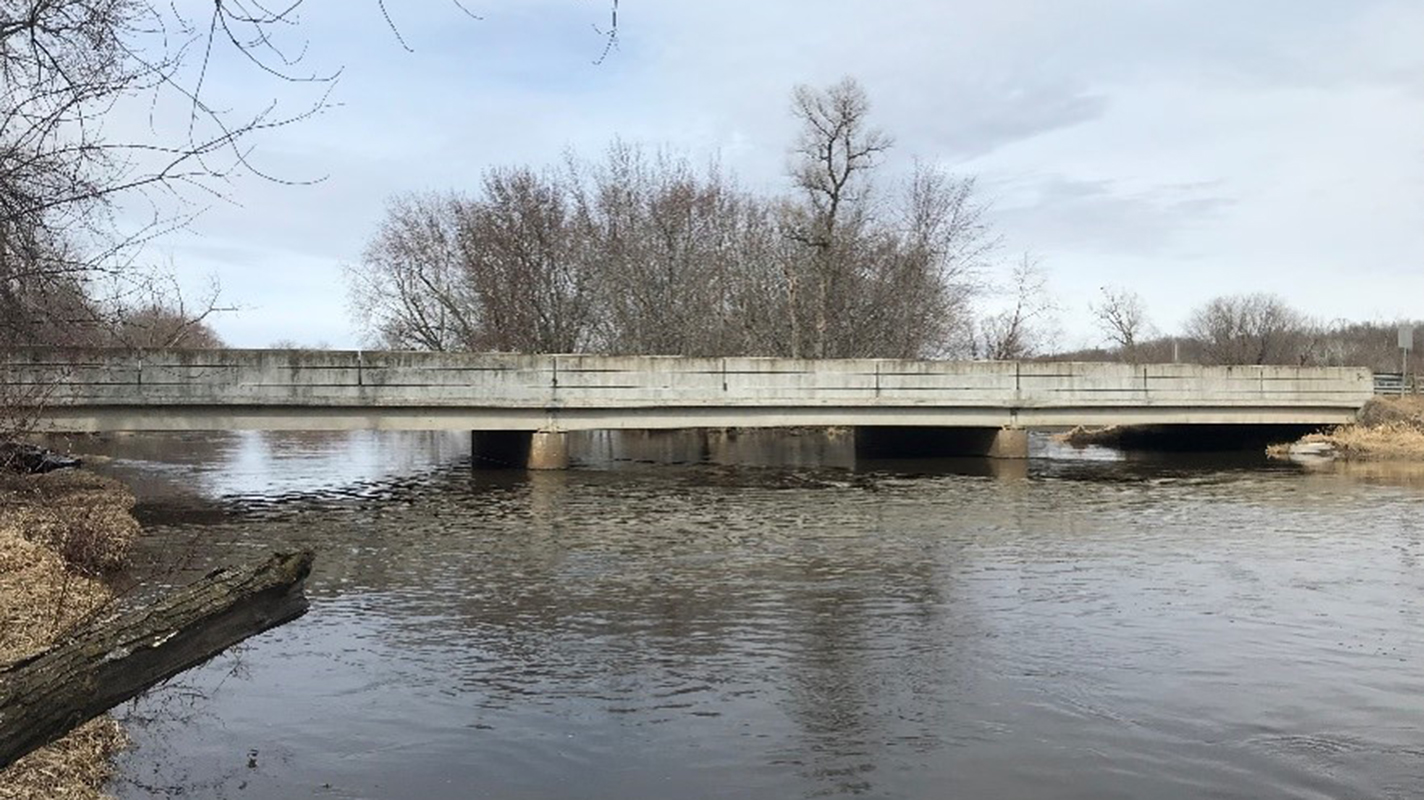
Dams: Benefits and Risks
Dams offer several economic and ecological benefits, but the impacts of a potential structural failure need to be evaluated and accounted for in planning and development. Understanding the potential causes, impacts and risks associated with dam failures is imperative for their proper operation and maintenance. Our engineers use complex modeling and risk assessments to evaluate the consequences of a dam failure and provide owners and operator, as well as municipalities the information and tools to create an emergency action plan and mitigate damage from a dam failure. AQUALIS engineers also perform routine inspections for proper upkeep and to assess whether any repairs are needed. We are well-versed in federal and state regulations, ensuring that your site is compliant.
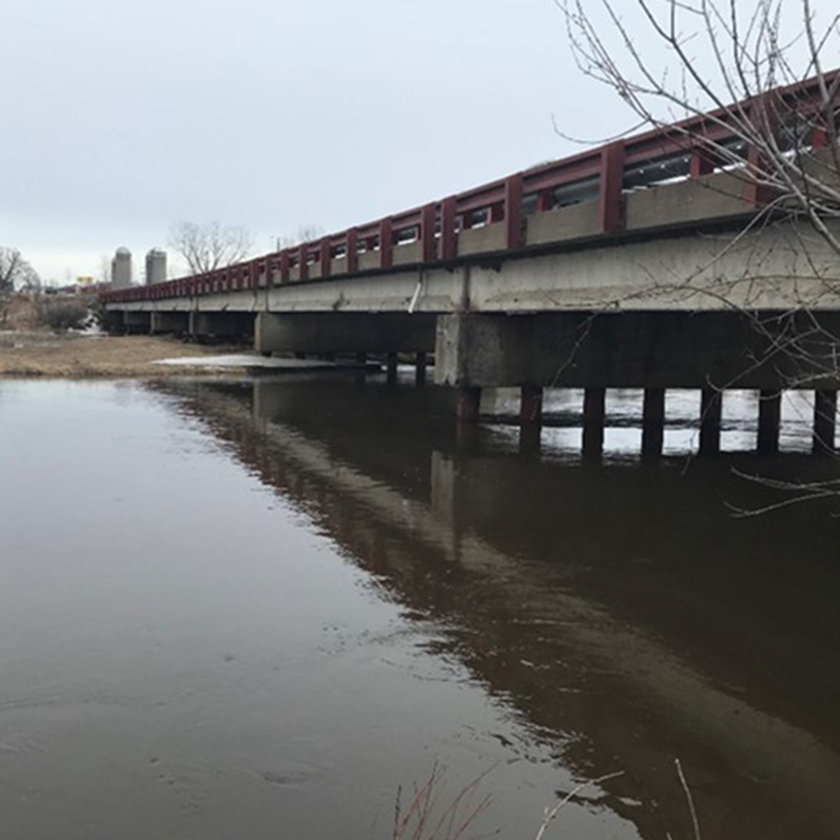
Dam Failure Analysis
The National Inventory of Dams (NID) classifies dams based on their risk, considering age, size, material and impact to downstream infrastructure. Approximately 15,600 dams in the NID are ranked as High Hazard Potential (HHP). If HHP dams fails, it could result in economic loss, damage to the habitat, property damage or even loss of life.
Dam failure potential is determined by analyzing both the amount and routing of reservoir overflow using Hydrologic and Hydraulic (H&H) modeling. Dam failure analysis uses the hydraulic shadow to assess the hazard risk. Our Engineering Services Division can evaluate different types of failures and the associated extent of impact on a breach and with this data we can implement downstream land controls. Additionally, to proactively manage flooding our team can develop long term monitoring and maintenance plans for the dam. AQUALIS can also assist in preparing an Emergency Action Plan (EAP) for communities to have a response for potential dam failure.
Flood Factors
Performing a thorough dam inspection is essential to identify potential failure factors. Our engineers start by reviewing all data related to the dam, including geology, topography, design, construction, and performance and monitoring records. If applicable, a site examination and/or survey are conducted to identify any vulnerabilities. Our engineers then identify potential “risk-driver” failure modes. Determining the site-specific potential failure modes allows engineers to assess the likelihood of factors that can lead to potential failures. Most common causes of dam failures include:
Overtopping: Water Spills Over the Dam from Improper Design or Blockage
Piping: Soil Build Up Forms Sinkholes
Cracks or Dam Settlement
Improper Maintenance
At AQUALIS Engineering Services Division we can help find the financial resources most applicable to fund your project, aligning with your long-term goals. We offer support by performing all necessary steps before completing and submitting the grant application.

Extreme rain events, with some large enough to be categorized as 100-year storms, result in flooding, landslides, and other catastrophes. They are considered one of the deadliest and most damaging weather events worldwide. What solutions are there for aging infrastructure?
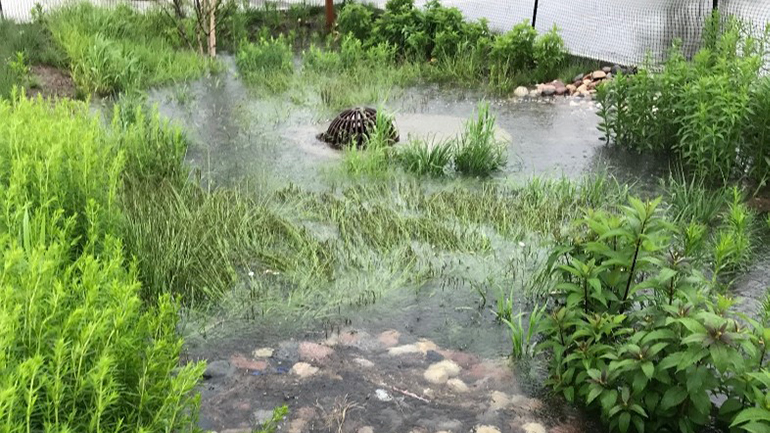
Did you receive an NOV? Have an urgent need? We can help.
Notices of Violation (NOVs) or Corrective Notices should be taken seriously. Contact AQUALIS today to learn how to resolve the issue and comply with regulations.




